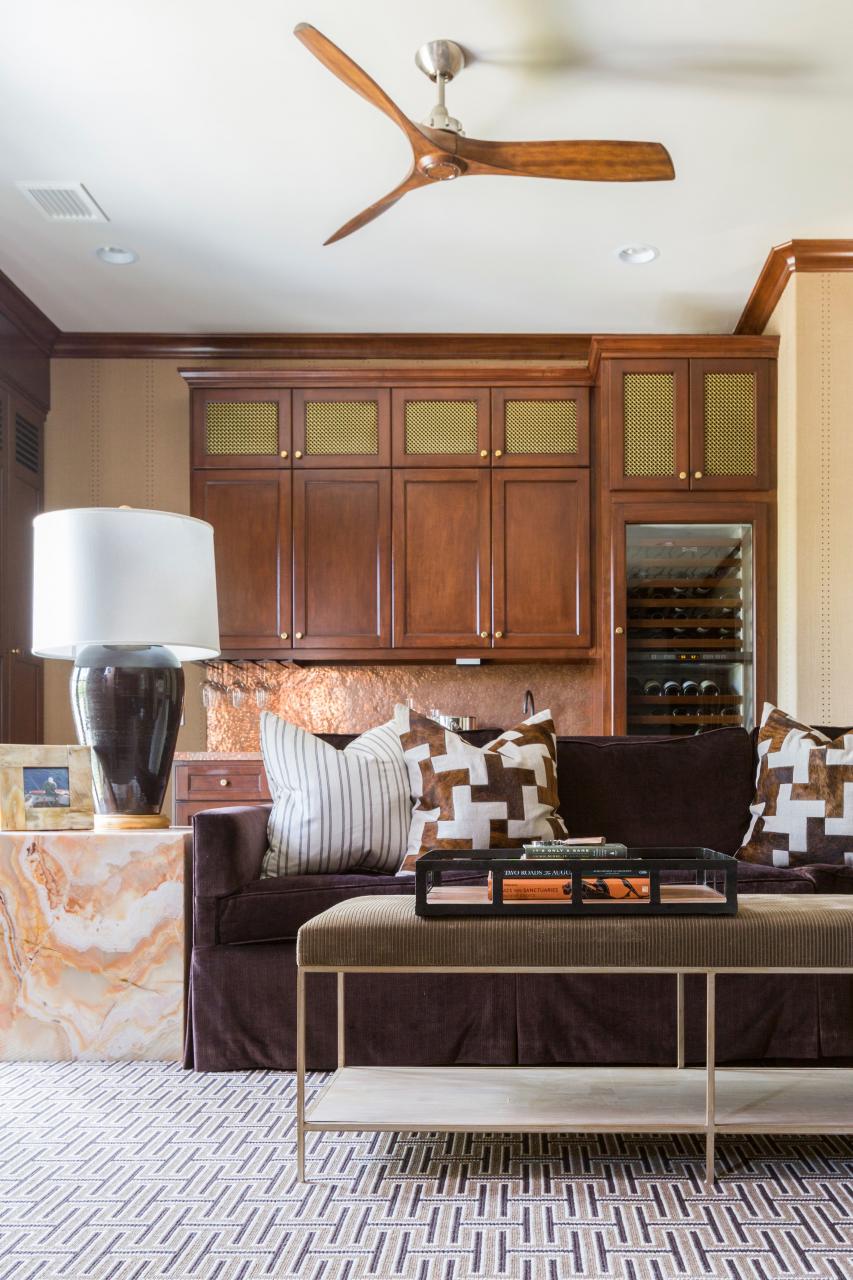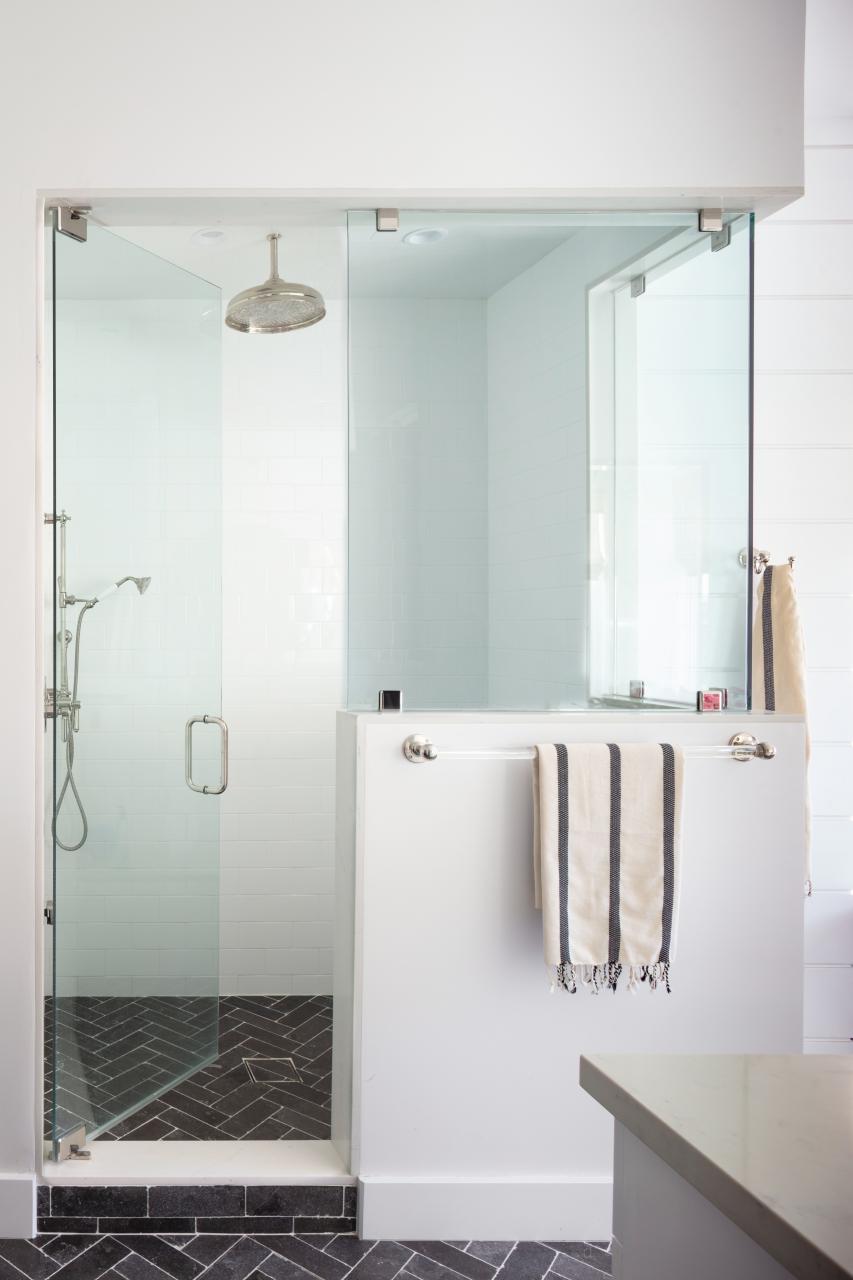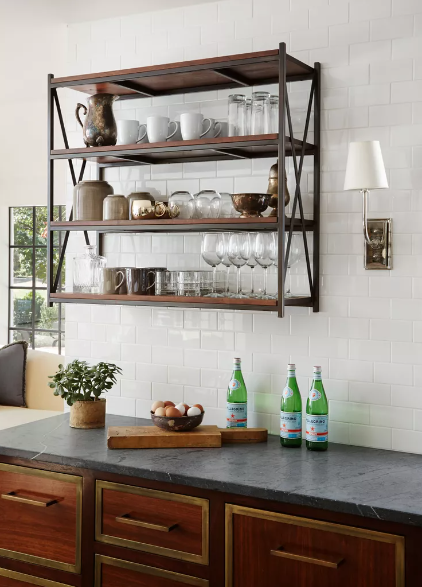When you think of metal kitchen area finishes, stainless steel likely enters your mind. What about its equivalent, copper? For a host of reasons, an increasing number of property owners are gravitating towards this warm metal in their kitchen areas. So much so that copper backsplashes were recognized as an extremely popular surface in a 2023 Houzz emerging trends report.
” Copper can fit throughout the house, however we’re seeing growing interest in the material specifically for backsplashes,” states Mitchell Parker, Houzz senior editor. “Copper can really take center stage in the kitchen area and flaunt a warm beauty, whether it’s completely polished or weathered and used.”.
The warm, natural look of copper makes it a flexible choice for a variety of kitchen designs. It can be dressed up or down and is equally in the house in both standard and modern spaces. Gain motivation for your own kitchen area with our guide to copper backsplashes, consisting of style ideas and ideas for care and upkeep.
” A copper backsplash is fantastic for someone who wants the warmth of a warmer metal but doesn’t want to opt for a stylish brass look,” says Victoria Holly, principal and founder of Victoria Holly Interiors. “Copper has a warm and inviting quality that can instantly elevate the environment of a cooking area.”.
Copper backsplashes also get better with age. A backsplash made with real copper will patina with use and time, developing a richer color thanks to oxidation– when the metal responds with oxygen and moisture in the air. Oxidation can cause unfinished copper to handle a striking blue-green color, which assists protect the metal from additional rust. “The patina and worn look that aged copper develops in time can stimulate a sense of history and authenticity, making it a terrific choice for those who value classic visual appeals,” states designer Ginger Curtis of Urbanology Designs.
Aesthetics aside, a huge advantage of a copper backsplash is its natural antimicrobial residential or commercial properties. “It is said to resist germs better than stainless-steel, which makes it an useful choice for the kitchen area,” says Parker.
Plus, copper is incredibly long lasting, another benefit to think about when selecting materials to outfit a high-traffic room like the kitchen area..
The technique and frequency with which you clean your copper backsplash will depend both on the finish and your preference for patina. If your copper backsplash has a really strong lacquer and seal, an easy clean with mild dish soap and warm water will suffice, as extreme chemicals can remove away the protective finish.
Unfinished copper, on the other hand, will establish a patina gradually thanks to oxidation. If you want to keep that response in check, limitation regular cleaning of your unfinished copper backsplash to every 3 to 6 months. “Warm soapy water and a soft fabric maintain the stability of the copper and will preserve its sparkle,” says Gardemal.
If you want to remove taint or restore your copper to a dazzling shine, you can develop a service at home that does the trick..
Create a paste by combining an acid, such as lemon juice or vinegar, and a mild abrasive, such as salt or baking soda. Use a soft cloth to gently polish the copper with the paste, moving in small circular motions.Use a moist cloth to rinse the paste.Dry the copper backsplash completely with a microfiber cloth.

If you desire the appearance of a copper backsplash but want a lower-maintenance or lower-cost option, there are many options readily available, consisting of glass tile or a painted synthetic copper look.
Curtis suggests utilizing a copper veneer or copper foil. “These materials provide the appearance of copper while being more cost effective and simpler to maintain. Copper laminate or metal-effect tiles are another choice that can simulate the look of copper without the requirement for extensive care.”.
Copper-colored stainless steel is yet another low-maintenance option that provides the look of copper without the threat of oxidation or the requirement for regular polishing to maintain the patina.



